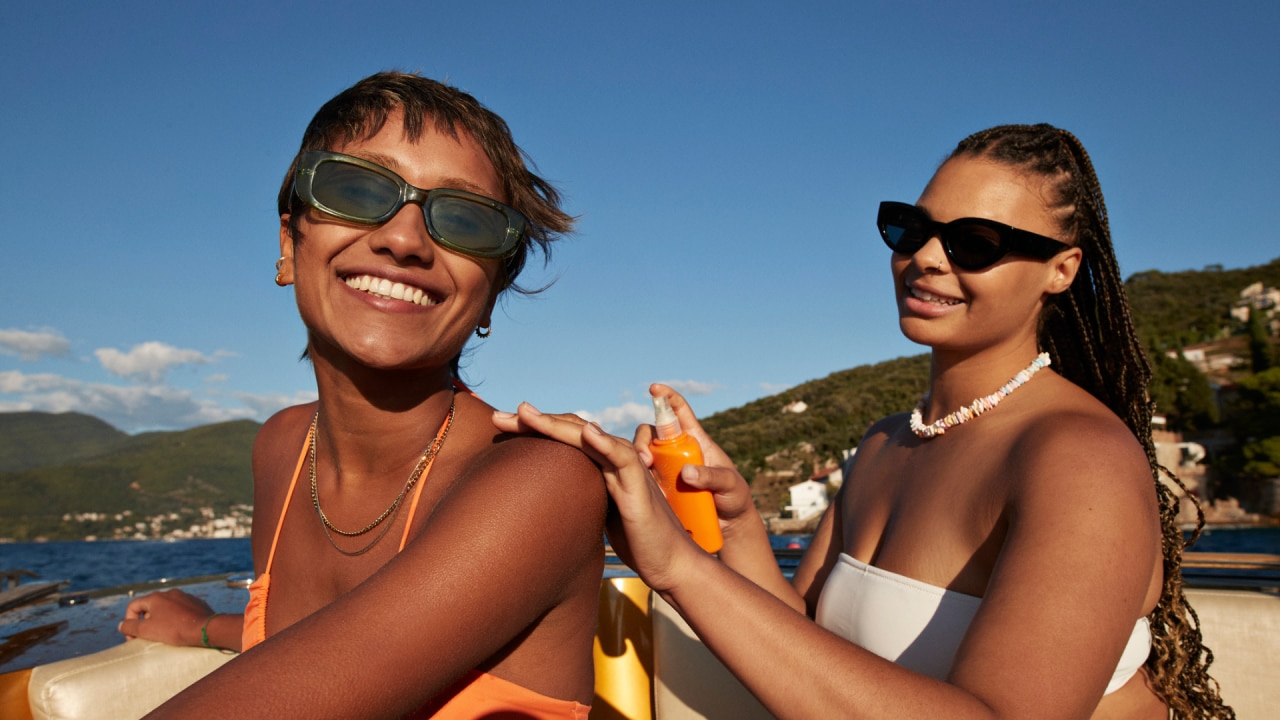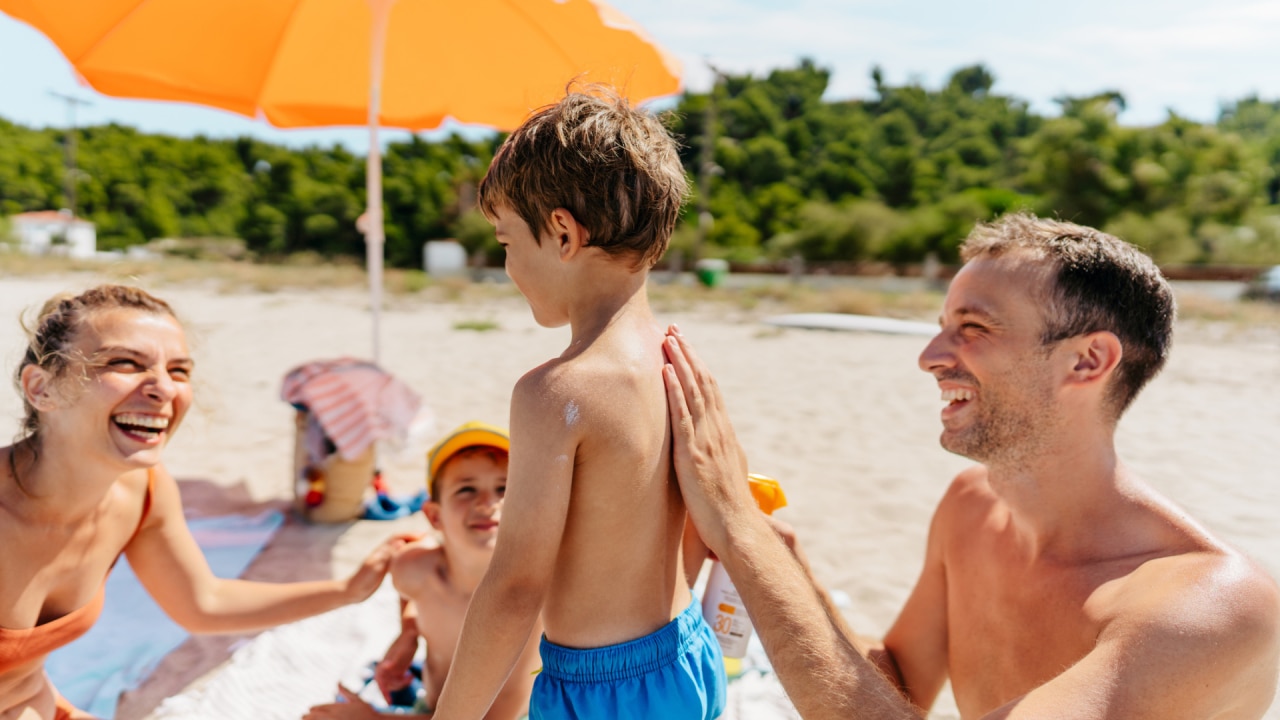The problem with the Netherlands giving away free sunscreen
How you store SPF matters

Residents of the country will be offered free SPF this summer to help tackle record levels of skin cancer, but there’s one major issue.
With the third highest cancer rate of all European Union nations (and skin cancer being one of the most common), people in the Netherlands will now be offered free sunscreen.
To tackle the high levels of skin cancer, SPF dispensers will be installed at beaches, parks, schools, universities, festivals, sports clubs, and public spaces nationwide this summer.
According to the Dutch Government, removing barriers to the use of sunscreen (such as cost and inconvenience) will encourage people to apply - and reapply - SPF each day.
Like what you see? Sign up to our bodyandsoul.com.au newsletter for more stories like this.
The announcement comes after research found that around one in six Dutch people will be diagnosed with a type of skin cancer in their lifetime, and one in 50 will develop melanoma, the most aggressive type of skin cancer.
Many of the dispensers will be existing hand sanitiser stations filled with sunscreen instead - although this storage method is less than ideal.
According to the Cancer Council, sunscreen should be stored in a cool, dry place out of direct sunlight and below 30 degrees. This is to help preserve the active ingredients in sunscreen that help it protect you from the sun’s rays.
“With any formula, lots of variations in temperature can destabilise it. When it's say, a moisturiser, a little separation isn't ideal but it's also not particularly risky. When sunscreen separates, your level of protection is compromised and this could result in burns and an increased skin cancer risk, explains pharmaceutical scientist and author, Hannah Collingwood English.

And while English is supportive of the idea, she hopes the Dutch Government has factored in the stability of the formulas they’re providing, which will be difficult seeing as they will be largely available in outdoor areas.
“Sunscreens are tested for stability in their packaging at room temperature and at a higher temperature (45 degrees) and the resulting information will impact the recommended expiry date of the product.”
Locally a similar initiative could be useful. In Australia, the majority of the country experiences an average UV index of three and above – even in winter. On days with a UV level of three or more, Cancer Council recommends wearing sunscreen.
“Some of our worst sunburns happen on dull and overcast days. In the past, we referred to these cases of sunburn as ‘wind burn’, but we now know that 80 per cent of the sun's UV radiation can penetrate light cloud cover,” says CEO of Skin Smart, Jane Homberger.
“Wearing sunscreen should be like brushing your teeth – it’s an essential part of your daily routine to ensure your health is protected.”

According to Cancer Council, around two in three Australians are diagnosed with some form of skin cancer before the age of 70.
The conversation around SPF is shifting, however, sunscreen is still seen as a seasonal purchase for the vast majority of Australians.
According to e-retailer Adore Beauty, the volume of sunscreen sold on their site doubled in the lead-up to Australia’s summer (based on sales data from 2019 to 2022). While Google searches for ‘sunscreen’ in Australia over the same period, peak in November to January and start dropping in February.
“We want to empower everybody to look after their skin, 365 days of the year. Because we live in a part of the world where applying sunscreen daily is a non-negotiable no matter the weather or the season,” says Adore Beauty’s head of brand Chelsea Healey.
And when you consider that 80 per cent of our visible skin concerns can be attributed to sun damage from exposure to UVA rays (the ones that age you) and UVB rays (the ones that burn), it’s certainly worth applying sunscreen every single day.
Originally published as The problem with the Netherlands giving away free sunscreen



